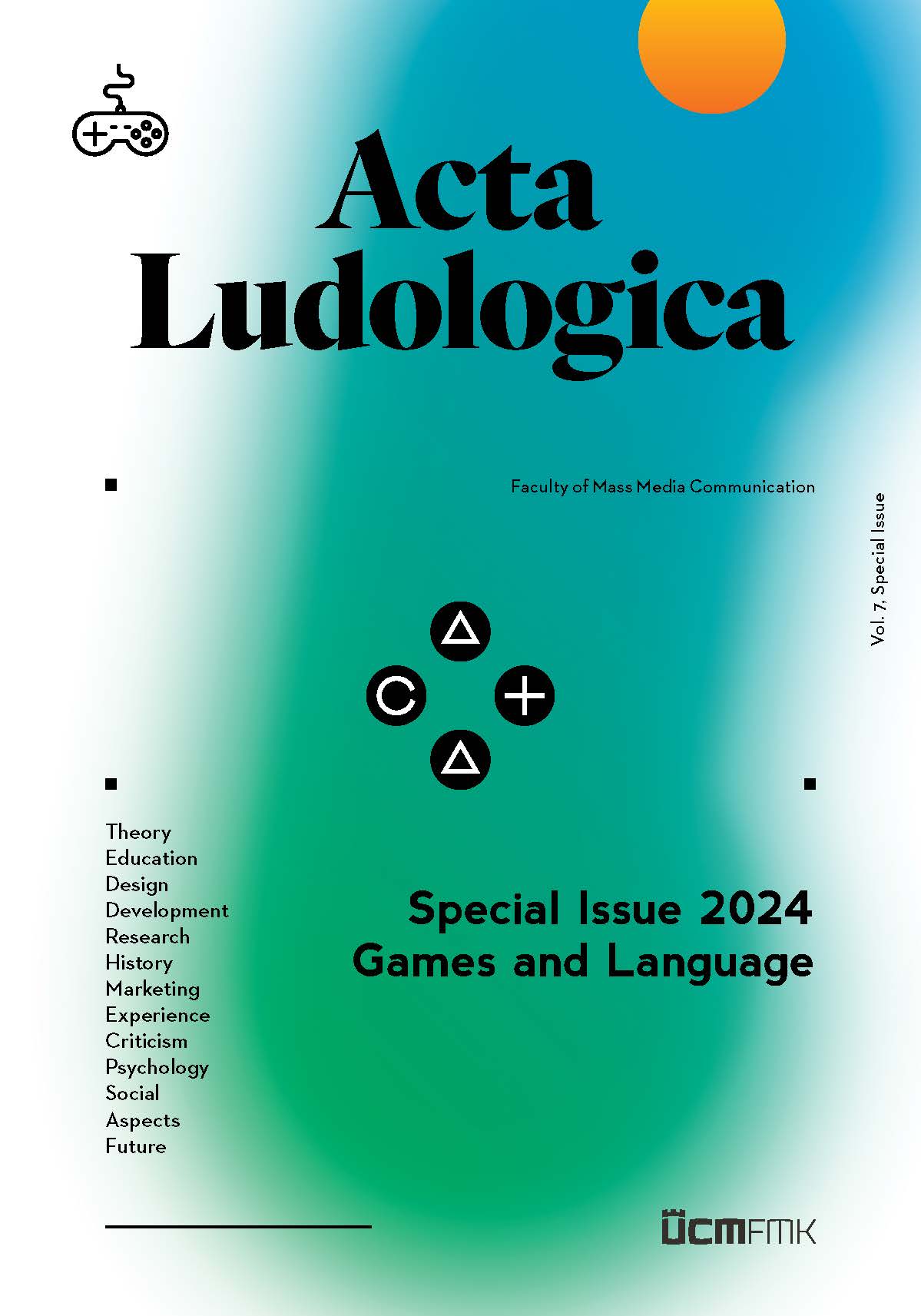ABSTRACT: The paper presents, discusses and analyses the role of building brand image in digital games. The purpose of this paper is to analyse and discuss in-game marketing in cultural spheres from the aspect of brand image. The aim is to explore, identify and present the relationship between brand image, consumer self-image and digital games as a brand. The contribution of this study is manifested in an interdisciplinary approach to work through marketing, psychology, sociology, and media theory. Consumers project their desires through digital games, and the brand’s entry into the digital game itself enhances the gaming experience and reality of the digital game. It was concluded that consumers want a realistic experience while playing digital games and they want to see famous brands within the game as this enhances their experience and projects the reality of the digital world. The core of brand image is consumers’ perception. In recent years, the digital game industry dominates this segment of the global entertainment economy. The paper analyses in-game marketing from the aspect of branding and sociology of culture. It is based on J. N. Kapferer’s theory of brand building and Huzinga’s theory of game. The article explores the meaning of the phenomenon of brand image and identity in virtual reality. The emphasis in this paper is put on the influence of brand image and digital game as a model of popular culture. This article adopts an integrated knowledge inquiry approach through thematic analysis to explain the concept of brand image. From the consumer’s point of view, the brand represents a symbol built on impressions, associations, metaphors and archetypes in the digital gaming industry. Brand loyalty is a key factor in building brand equity. The problem of brand loyalty appears as a reflection of brand symbol and its image. However, the oxymoron of in-game marketing starts from the hypothesis that consumers want to see brands in virtual realit
KEY WORDS: brand, culture, digital game, image, in-game marketing.
View full article
